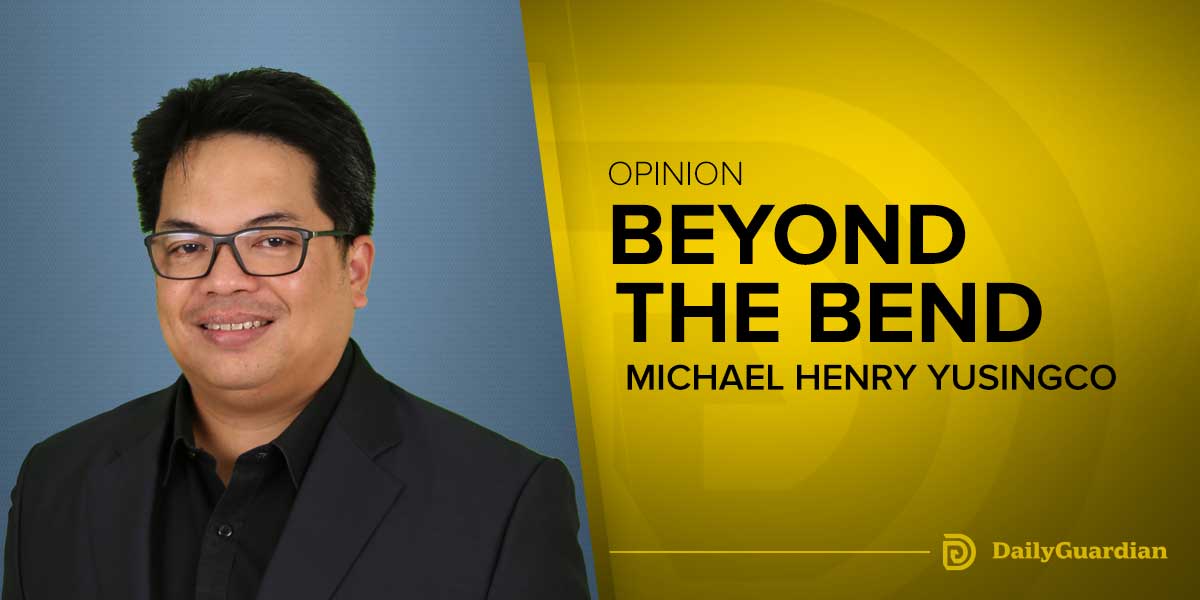By Alex P. Vidal
“When I became an American citizen, nothing’s changed because I’m still Asian.”—Jimmy O. Yang
THE problem on graft and corruption in the Philippine government appears to have no solution in sight even if all the future presidents, including President Ferdinand “Bongbong” Marcos Jr., will swear to eradicate it if they are elected, lamented a 68-year-old native of Negros Occidental in the Philippines, who became a full-fledged American citizen February 22.
Victor Erasmu Segundino took his oath as U.S. citizen together with more than 50 others at New York’s Federal Plaza in the Lower Manhattan, joining the 83 percent single-race large majority Asian population in the United States.
This population is also the nation’s fastest-growing racial or ethnic group. Between 2000 and 2019, their numbers grew by 81 percent, outpacing a 70 percent increase among Hispanics, according to Pew Research Center.
The Negrense said the main reason why he decided to become a naturalized citizen in a foreign land “is because I’m so disgusted with graft and corruption in (the Philippines) government.”
“If I go back to my native land and continue to hear and watch privileged politicians committing plunder while the people are dying because of government neglect, it will break my spirit and I might die a broken-hearted person,” warned Segundino, who worked with the Sugar Regulatory Administration (formerly Philippine Sugar Commission) from 1983-2005.
Waxing poetic, Segundino believes if no one is stealing in government, “the life of the Filipinos will improve a lot and the country will gain more economic opportunities because more foreign investments will pour in.”
-o0o-
“After (former President Ferdinand) Marcos Sr. was deposed in 1986, I started hoping that one day graft and corruption and plunder will stop when new and principled leaders take over,” sighed Segundino, a former resident of Mansilingan, Bacolod City in Negros Occidental, who is now based in New York City.
“But I was wrong. Graft and corruption even worsened from the administrations of (Fidel) Ramos, (Joseph) Estrada, (Gloria) Arroyo, and (Rodrigo) Duterte.”
Segundino said he observed that “only (the late former President “Noynoy” Benigno III) Aquino was (considered to be) honest and did not steal from government.”
He blamed the “massive” graft and corruption, plunder, and election of incompetent and unscrupulous people in the Senate and House of Representatives to be the reason why there is massive poverty in the Philippines.
“Every now and then I watched on Youtube with dismay that many Filipinos living in the hinterlands and faraway rural areas still don’t have the basic needs like shelter, clothing, food,” he lamented.
“They don’t have access to potable water, farm-to-market roads, basic health services, education and they live a deplorable life. Where is the government? On the other hand, we see government officials enriching themselves and stealing millions of pesos from the taxpayers.”
-o0o-
The Philippines is perceived to be one of the most corrupt countries in the world. Of 180 countries, the Philippines ranked 116 in terms of being least corrupt, according to analyst Raymond Abrea.
This means that the country is almost on the top one-third of the most corrupt countries, based on the Corruption Perceptions Index (CPI) published by Transparency International.
Quoting statistics from CPI, Abrea said the Philippines scored a total of 33 points out of 100. Even as far back as 2012, it has fluctuated around the same CPI score, with the highest score being 38 points in 2014 and the lowest being 33 points in 2021 and 2022.
To further contextualize how low it scored, the regional average CPI score for the Asia-Pacific region is 45, with zero as highly corrupt. And of the 31 countries and territories in the region, the Philippines placed 22nd (tied with Mongolia), concluded Abrea.
(The author, who is now based in New York City, used to be the editor of two daily newspapers in Iloilo.—Ed)





















